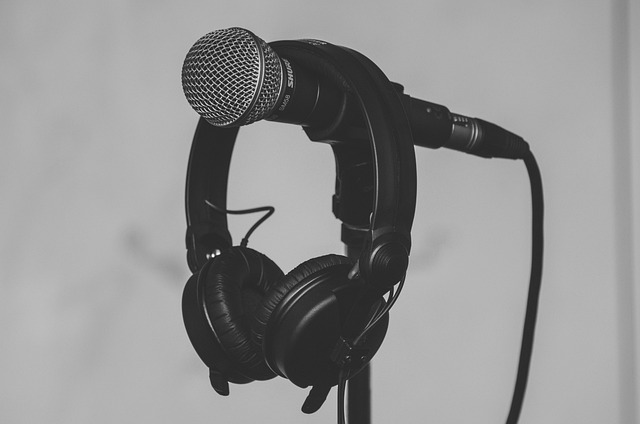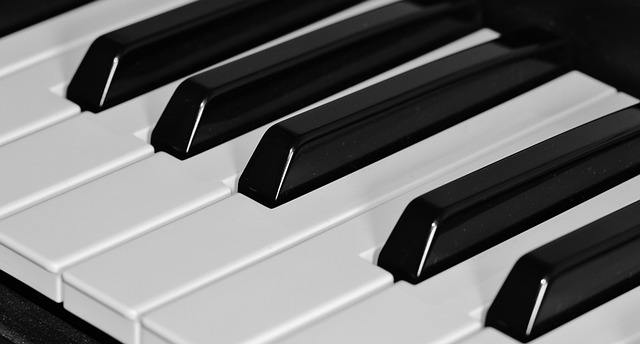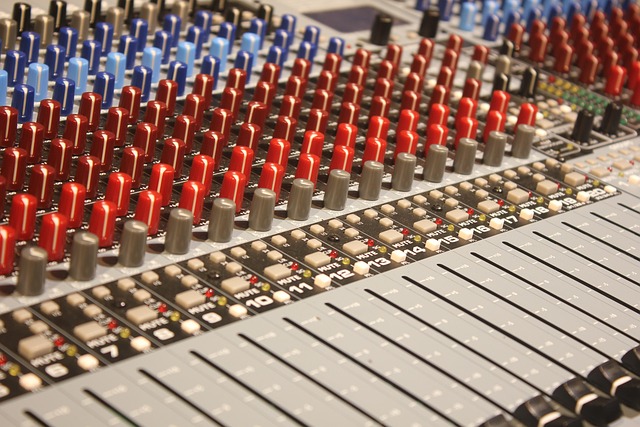Mastering the Art of Audio Recording: A Comprehensive Guide
Whether you’re a budding musician, a podcaster, or simply someone passionate about capturing sound, audio recording is an art that blends both technical skills and creative expression. In today’s digital world, the ability to record clear, professional-quality audio is more accessible than ever—but mastering this craft requires understanding the fundamentals, choosing the right equipment, and practicing consistently.
Understanding the Basics of Audio Recording
At its core, audio recording is about capturing sound waves and transforming them into a digital or analog format that can be stored and played back. But beyond just hitting the record button, mastering audio recording involves knowing how to manage environment, equipment settings, and post-production techniques to achieve the best results.
Essential Equipment for High-Quality Audio Recording
The journey to professional sounding recordings starts with the right gear. Here are some essentials:
- Microphones: Different microphones are designed for different sounds—the dynamic mic is perfect for live vocals and instruments, while condenser mics excel at capturing intricate details in studio settings.
- Audio Interface: This device connects your microphones and instruments to your computer, converting analog signals into digital audio.
- Headphones: Quality headphones ensure you can monitor the recordings accurately without interference.
- Recording Software (DAW): Digital Audio Workstations like Ableton, Logic Pro, or Audacity are essential for recording, editing, and mixing audio tracks.
Creating the Perfect Recording Environment
Sound quality is as much about the environment as the equipment. Room acoustics influence the clarity and tone of your recordings:
- Soundproof your space: Minimize outside noise by using heavy curtains, carpets, or dedicated soundproof panels.
- Control reflections: Too many hard surfaces cause echo and reverb, muddying your sound. Use foam panels or diffusers to balance reflections.
- Mic Placement: Experiment with where and how you position your microphone relative to the source to catch the nuances of sound effectively.
Techniques to Elevate Your Audio Recording Skills
Beyond equipment and environment, honing your technique is key to mastering audio recording:
- Gain Staging: Set correct input levels to avoid distortion or background noise—never record too loud or too soft.
- Multiple Takes: Record several takes to capture variations, allowing more flexibility during mixing.
- Use of Pop Filters: These help reduce plosive sounds (like ‘p’ and ‘b’) for clearer vocal recordings.
- Monitor Levels in Real-Time: Always keep an eye (and ear) on your audio levels to catch issues during recording, rather than after.
Post-Production: Polishing Your Recordings
Once the raw audio is recorded, the magic happens in editing and mixing:
- Equalization (EQ): Shape the sound by accentuating or reducing frequencies to ensure clarity and balance.
- Compression: Smooth out volume inconsistencies to create a cohesive sound.
- Noise Reduction: Remove hums, hisses, and other unwanted noises to enhance quality.
- Adding Effects: Reverb, delay, and chorus can add depth, character, and ambiance.
Final Thoughts
Mastering the art of audio recording is a rewarding journey that combines technical knowledge with creativity. As you develop your skills, remember that each project offers new challenges and learning opportunities. Embrace the process, experiment boldly, and most importantly—listen closely. Your ears are your most powerful tool.



